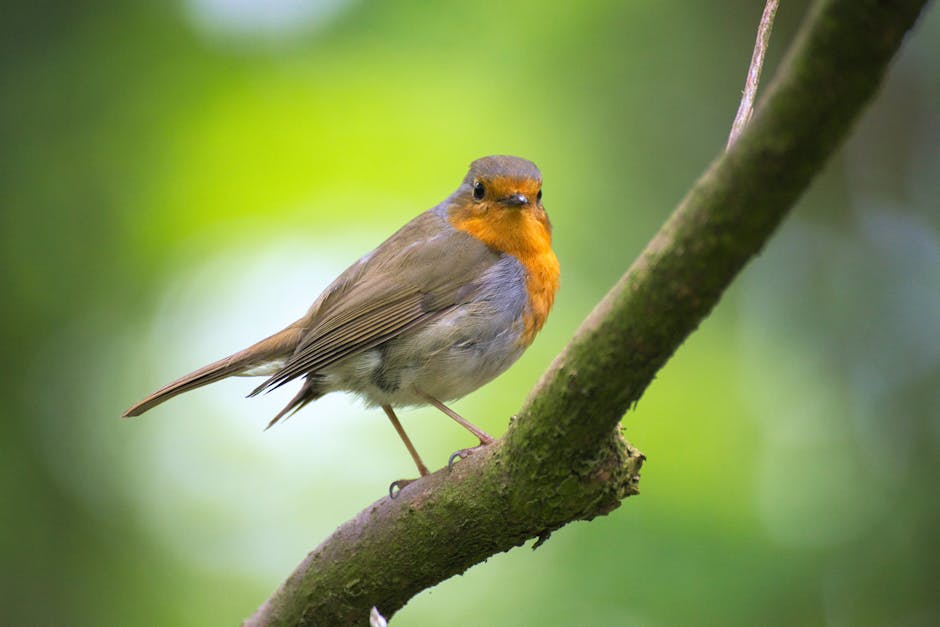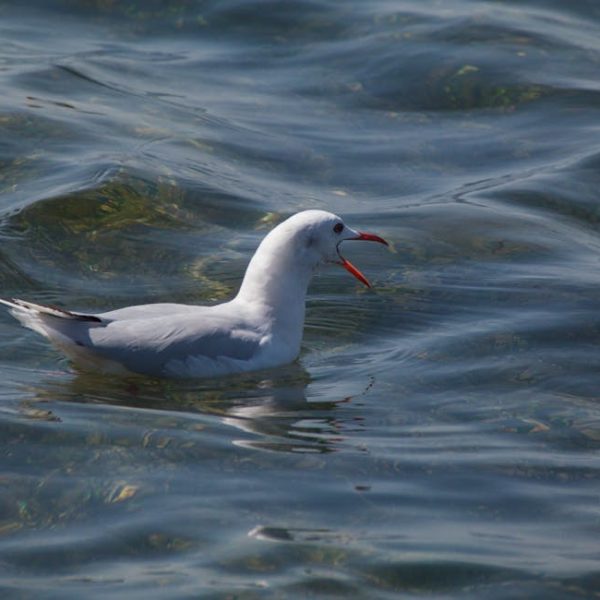Bird populations worldwide have been waning at an alarming pace, and researchers are striving to understand the multifaceted drivers beneath this global descent. The big-picture view emerging from scientific investigation paints a complex mosaic of reasons, with climate change, habitat destruction, and human activity being leading actors in this intricate play. This article aims to elucidate these root causes, detailing their implications, the affected bird species, and the wide-ranging repercussions on global biodiversity.
Understanding the Phenomenon of Declining Bird Populations
A staggering reduction in bird populations is a worldwide concern that has been the subject of plenty of scientific research in recent decades. Birds such as the Egyptian Vulture, Black-winged Myna, and Gough Bunting stand among the most seriously affected species at present. Their daunting disappearance has triggered alarm bells in the scientific community and nudged a renewed focus on preservation initiatives.
Knowing where to get accurate information is instrumental. Resources like Cornell Lab of Ornithology’s eBird and BirdLife International’s database pull together data from thousands of birdwatchers globally, providing reliable updates on changing bird populations.
The Role of Human Activity in Bird Population Decline
Regrettably, human activities are a leading contributor to the deterioration of bird populations. Destruction caused by deforestation, pollution, and hunting has incrementally compounded, manifesting in widespread bird loss. Optimistically, personal action can make a sizeable difference.
Best Practices:
- Limiting usage of chemicals pesticides in gardens
- Negating the threats posed by house cats
- Reducing window collisions by adding stickers
A comparison of the pros and cons, however, paints a convoluted picture.
| Pros | Cons | |
|---|---|---|
| Efforts | Awareness creation, legislation | Insufficient resources, pushback from industries |
| Impact | Large potential for conservation | Irreversible damage, population bottleneck |
Impact of Climate Change on Bird Species
Climate change, with its unpredictable weather disturbances and shifting patterns, poses a formidable challenge to bird survival. With altered migration routes and breeding grounds, species like the Atlantic Puffin and Emperor Penguin are taking a hard hit. There are multiple ways in which we can contribute to mitigating these effects, such as reducing carbon footprints and stewarding natural habitats.
Do tune in for our next segment where we unfold the implications of habitat destruction and how communities worldwide are rallying efforts for bird conservation and recovery.
The Consequence of Habitat Destruction on Bird Species
Habitat destruction, largely induced by human enterprises like deforestation, agriculture, and urbanization, casts a long, unrelenting shadow over bird species survival. When we uproot a tree or drain a wetland, we are disrupting crucial nesting and foraging grounds for various birds. This destruction often leads to local and sometimes even global extinction of precious bird species.
Here’s a checklist to help communities reduce their footprint:
- Promoting and participating in reforestation projects
- Committing to sustainable farming and forestry practices
- Reconnecting with nature by creating bird-friendly spaces
There is hope, however. Places like Miyun Reservoir in China have shown that habitat restoration can rejuvenate bird populations, leading to a resurgence of the critically endangered Yellow-breasted Bunting and many other bird species.
Efforts Towards Bird Conservation and Recovery
Commendably, countless conservation organizations, governments, and passionate individuals are fighting back, striving to halt and even reverse the trend of bird species decline. Success stories abound across the globe, with efforts like the recovery program for the California Condor in the United States or the reintroduction of the Red Kite in Ireland.
Here are some of the most noteworthy bird conservation initiatives:
- The Midway Atoll NWR and Habitat Restoration project
- Spoon-billed Sandpiper rescue mission in Russia
- Operation Yellow Sea, aimed at preserving the habitats of migratory birds in East Asia
Let’s analyze the benefits and challenges of these initiatives:
| Initiative | Benefits | Challenges |
|---|---|---|
| Midway Atoll Project | Protected 3 million seabirds | Predation by invasive species |
| Spoon-billed Sandpiper rescue | Boosted population numbers | Changing climate affecting breeding |
| Operation Yellow Sea | Preserved critical stopover site | Human-induced habitat loss |
In conclusion, the mysterious disappearance of birds from our skies is a pressing concern, driven by an intricate web of factors that include human activities, climate change, and habitat destruction. As stewards of the planet, it is in our hands to heed the plight of these creatures and take urgent action to ensure their preservation for generations to come.
Key Takeaway:
- The decline in bird population is a global concern primarily driven by human activities, climate change, and habitat destruction.
- Specific bird species like the Egyptian Vulture and Black-winged Myna are significantly affected.
- Personal actions like reducing the use of chemicals, negating threats from house pets, and preventing window collisions can help.
- Climate change is affecting bird survival by altering migration routes and breeding grounds.
- Habitat restoration has proven successful in rejuvenating certain bird populations.
- Numerous conservation efforts worldwide are combating bird species decline, with notable success stories like the recovery of the California Condor and the reintroduction of the Red Kite in Ireland.
In the face of adversities, our capacity to act matters immensely. The rallying efforts of communities across the world give hope. While the road to bird conservation may present formidable challenges, adopting sustainable practices, encouraging habitat restoration and supporting conservation initiatives can make a substantial difference. Let’s all take a step towards preserving the Earth’s biodiversity.
FAQs
Q: Why are bird populations declining worldwide?
A: Migratory birds are most severely impacted by habitat loss, climate change, and human activities such as deforestation, pollution, and hunting.
Q: How can individuals help prevent bird decline?
A: You can help by limiting the use of chemical pesticides, securing your pets indoors and making windows bird-safe, amongst other measures.
Q: Which bird species are most affected by climate change?
A: Bird species such as the Atlantic Puffin and Emperor Penguin are heavily affected by changing climate patterns.
Q: Have there been successful efforts in restoring bird populations?
A: Yes, habitat restoration efforts like those in the Miyun Reservoir in China have led to a resurgence in bird populations, including the Yellow-breasted Bunting.
Q: What are some of the global initiative conducted for bird conservation?
A: Various initiatives such as the Midway Atoll Project in the U.S., Spoon-billed Sandpiper rescue mission in Russia, and Operation Yellow Sea in East Asia are commendable efforts towards bird conservation.
Share this article and continue exploring more on our website to increase awareness on such crucial topics. Your effort matters!












